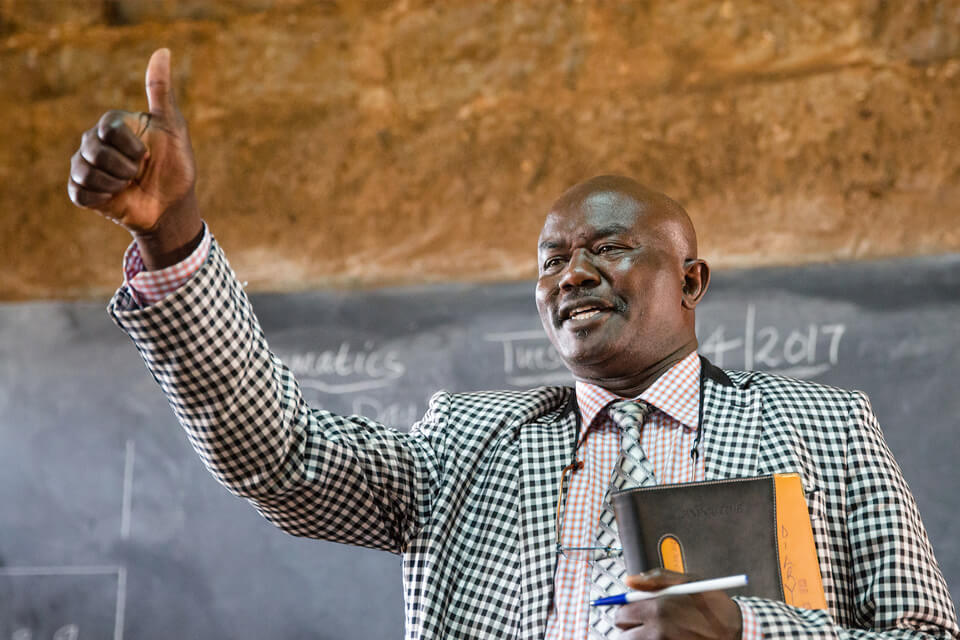Over the past five years, GPE partner countries have made progress in learning, access and equity: more children have access to trained teachers, more children are learning and more are completing basic education, including more girls.
Since 2016, GPE has grown dramatically: 15 new partner countries have joined the partnership, which now supports 76 countries; new members joined our Board of Directors and the pool of grant agents diversified. Annual grant allocations have increased from US$294 million in 2016 to $1.5 billion in 2020.
The COVID-19 pandemic that swept through the world since early 2020 closed schools for 1.6 billion children at its peak and threatens to undermine decades of hard-earned gains in education. A few weeks after COVID-19 was declared a pandemic, GPE announced more than $500 million to support 66 partner countries to organize distance learning, reopen schools safely and bring children back to learning as quickly as possible, as well as learn from the crisis.
Persistent challenges remain, notably to reduce the number of children who still don’t go to school, to ensure that more children learn the skills they need to become productive citizens, and to keep financing, both domestic and international, at sufficient levels to strengthen education systems and make them more resilient to future shocks.
Key findings
Download the report
- Results at a glance
- Executive summary
- Special chapter: Supporting education systems to respond to COVID-19
- Chapter 1: Learning outcomes
- Chapter 2: Equity, gender equality and inclusion in access to education
- Chapter 3: Efficient education systems
- Chapter 4: Sector planning, monitoring and policy dialogue
- Chapter 5: Financing and partnership
- Appendices





